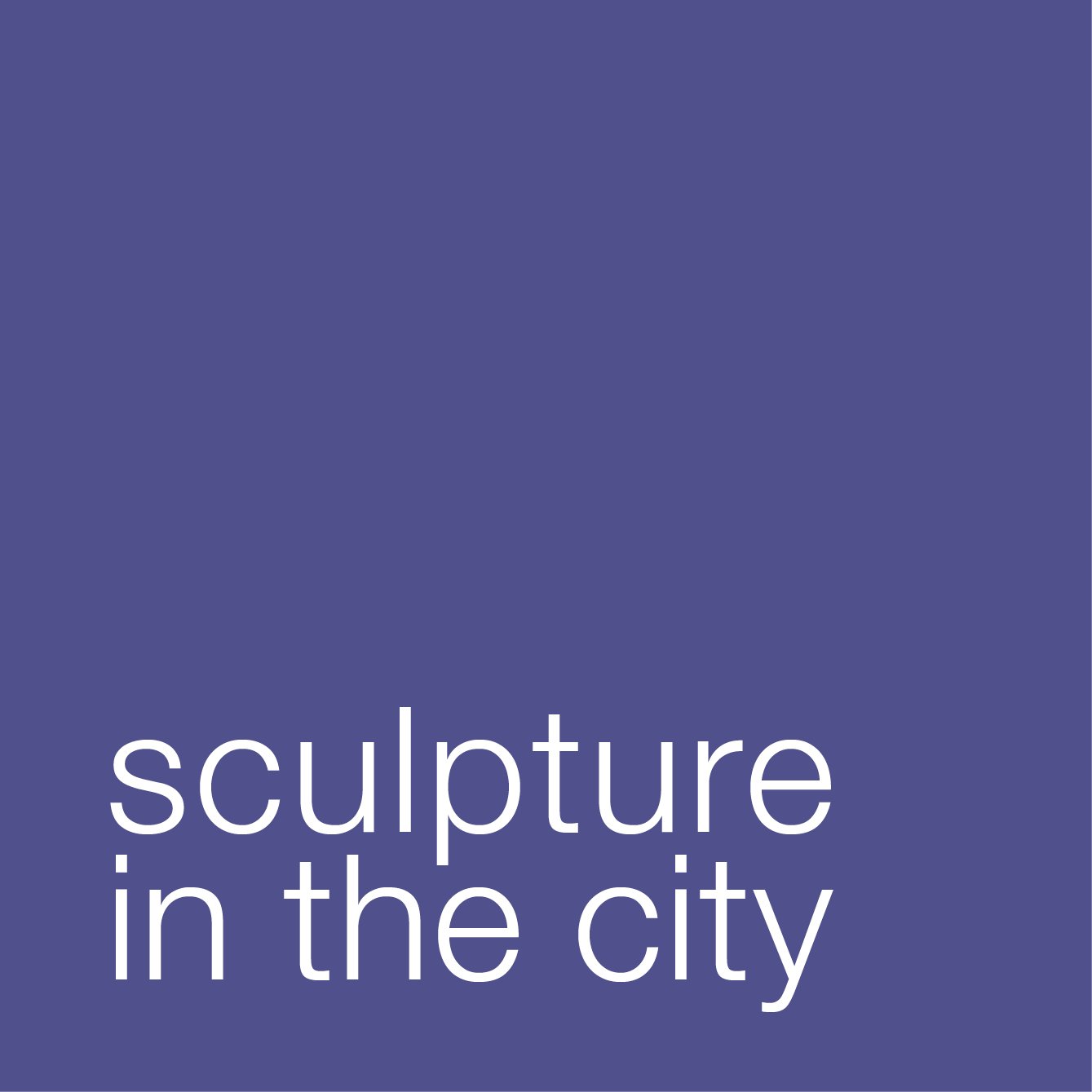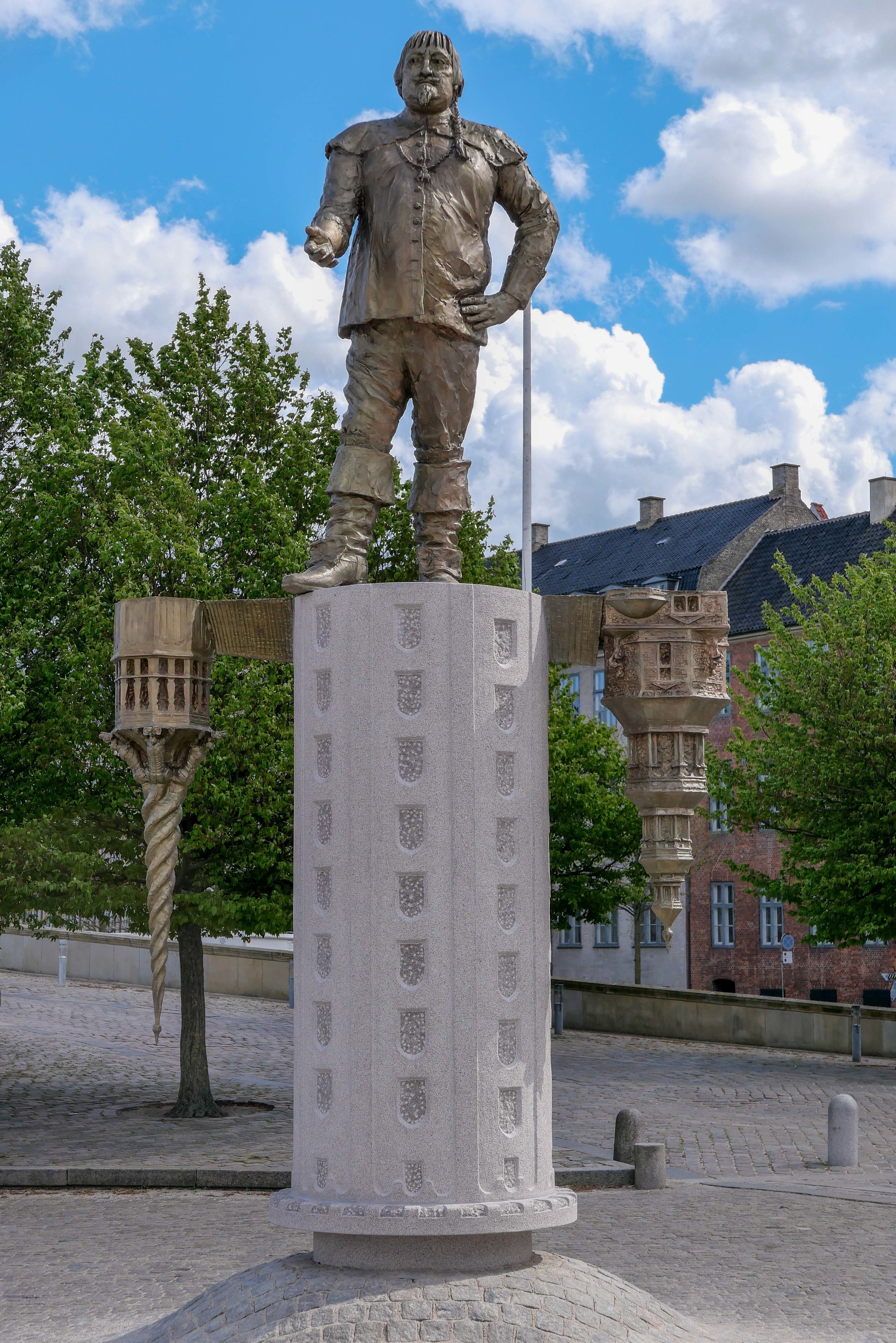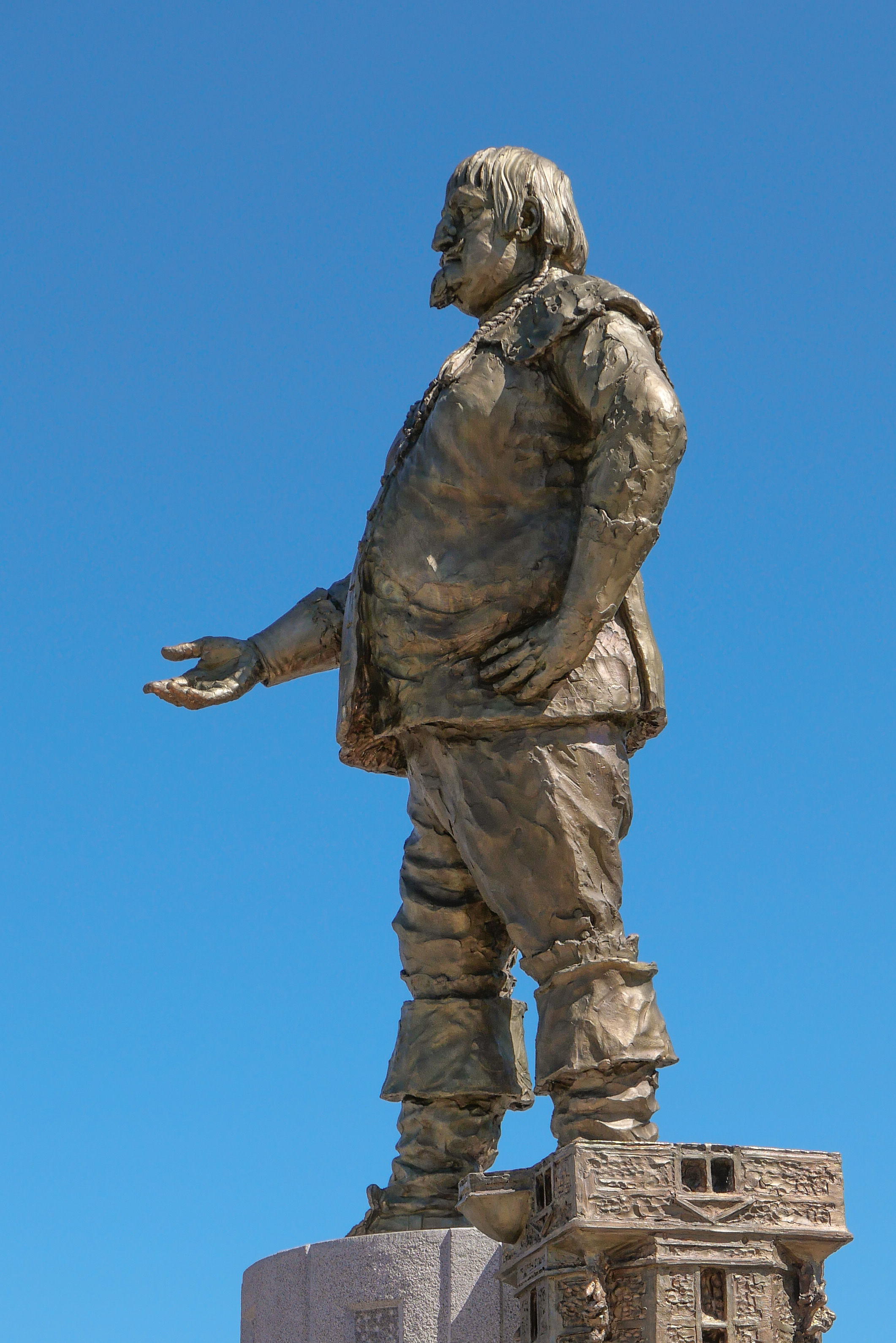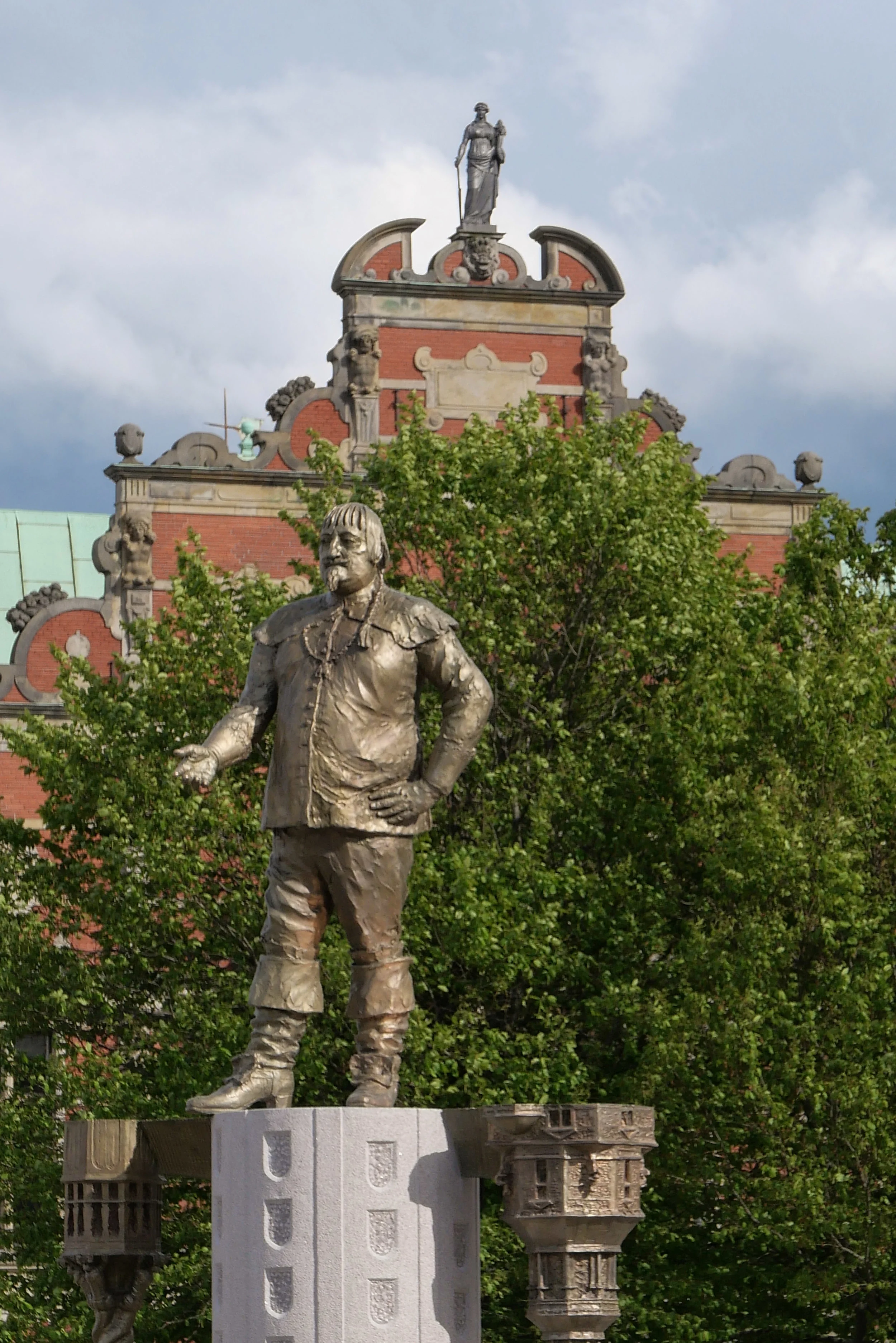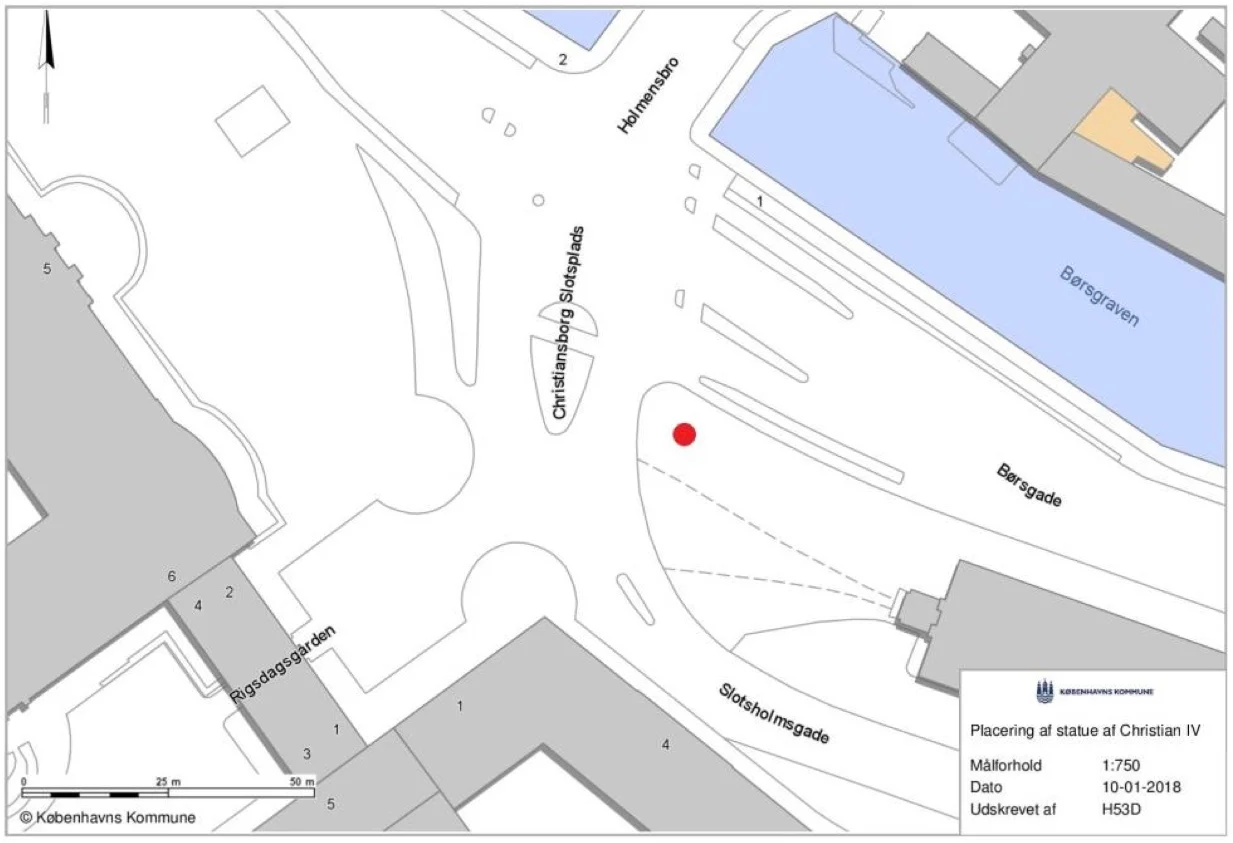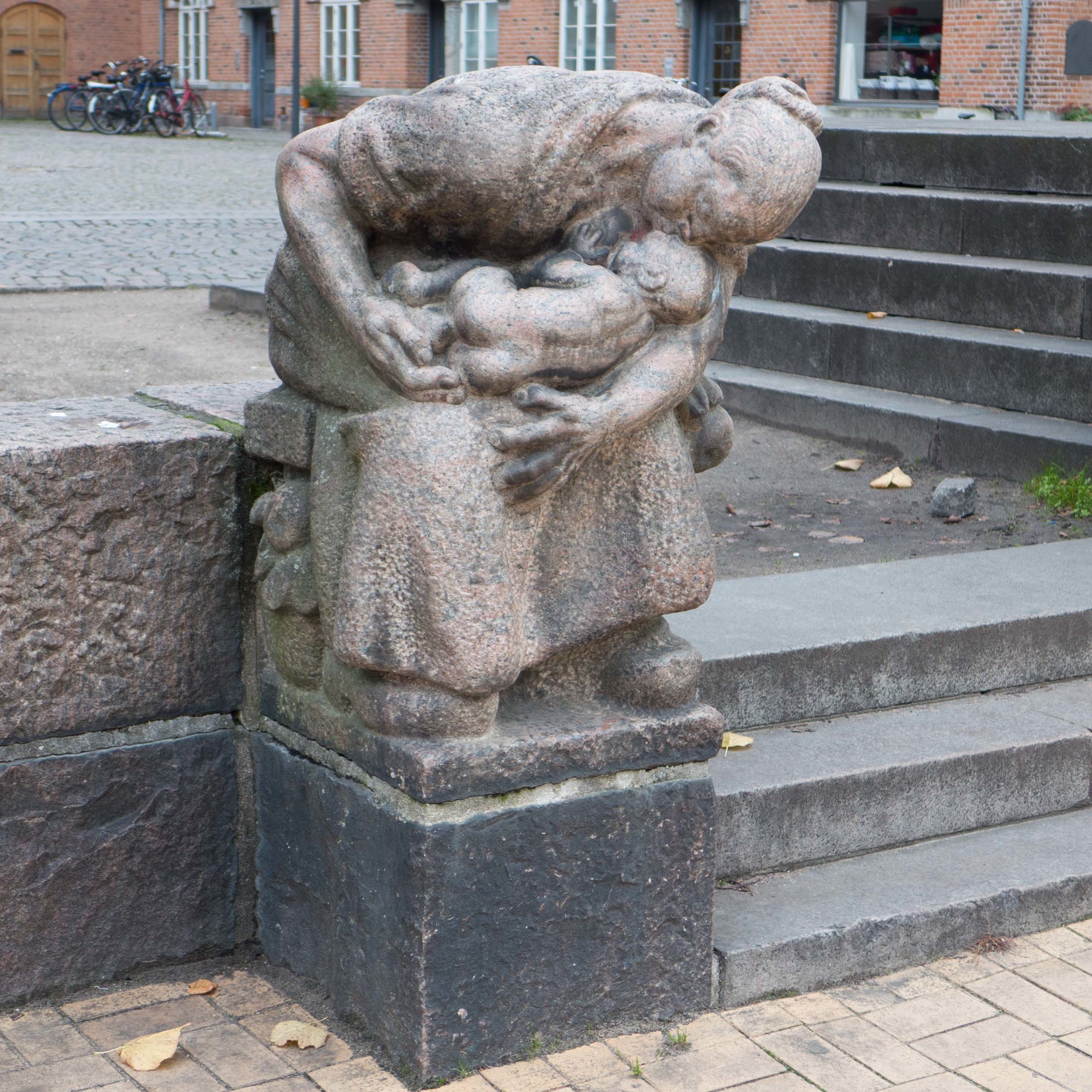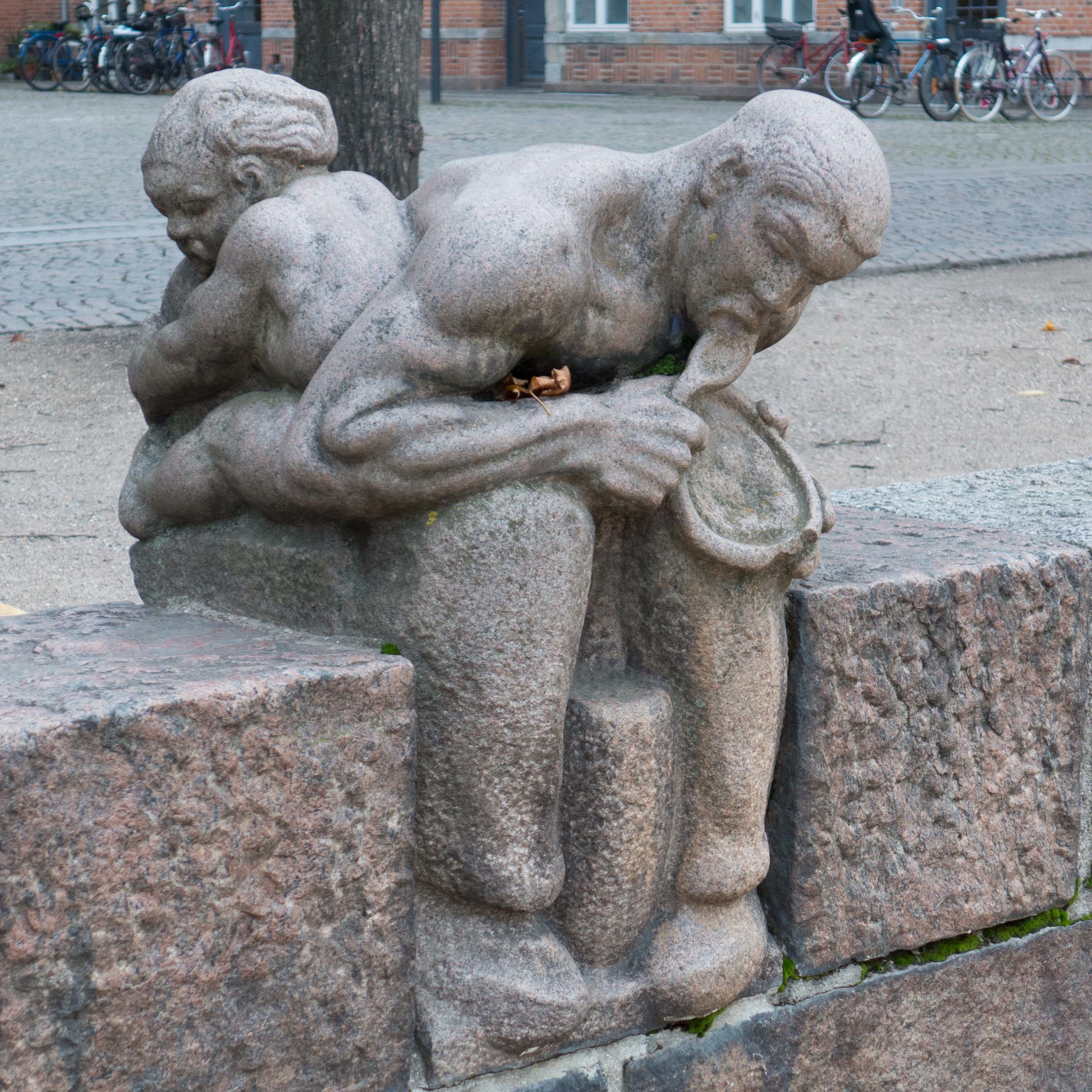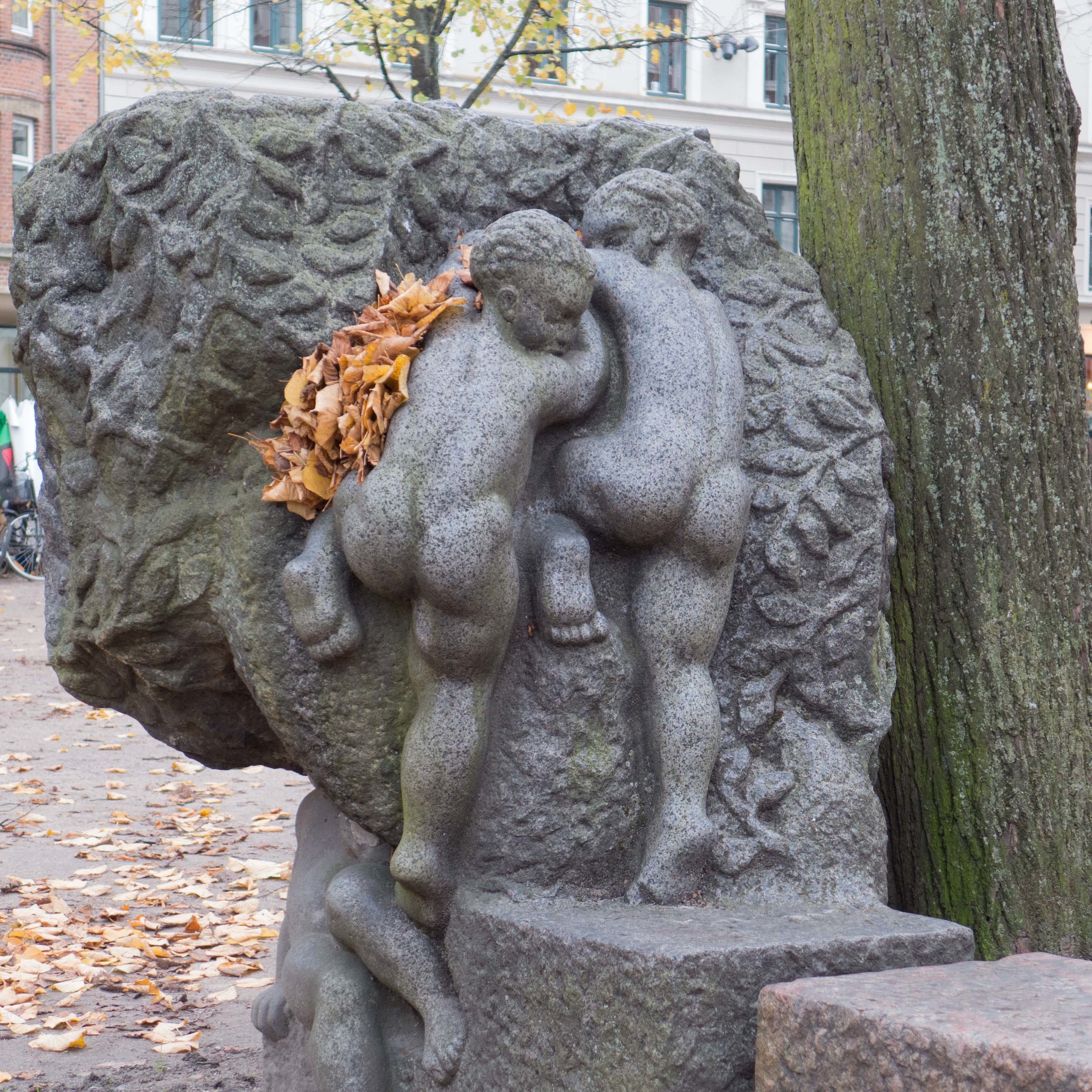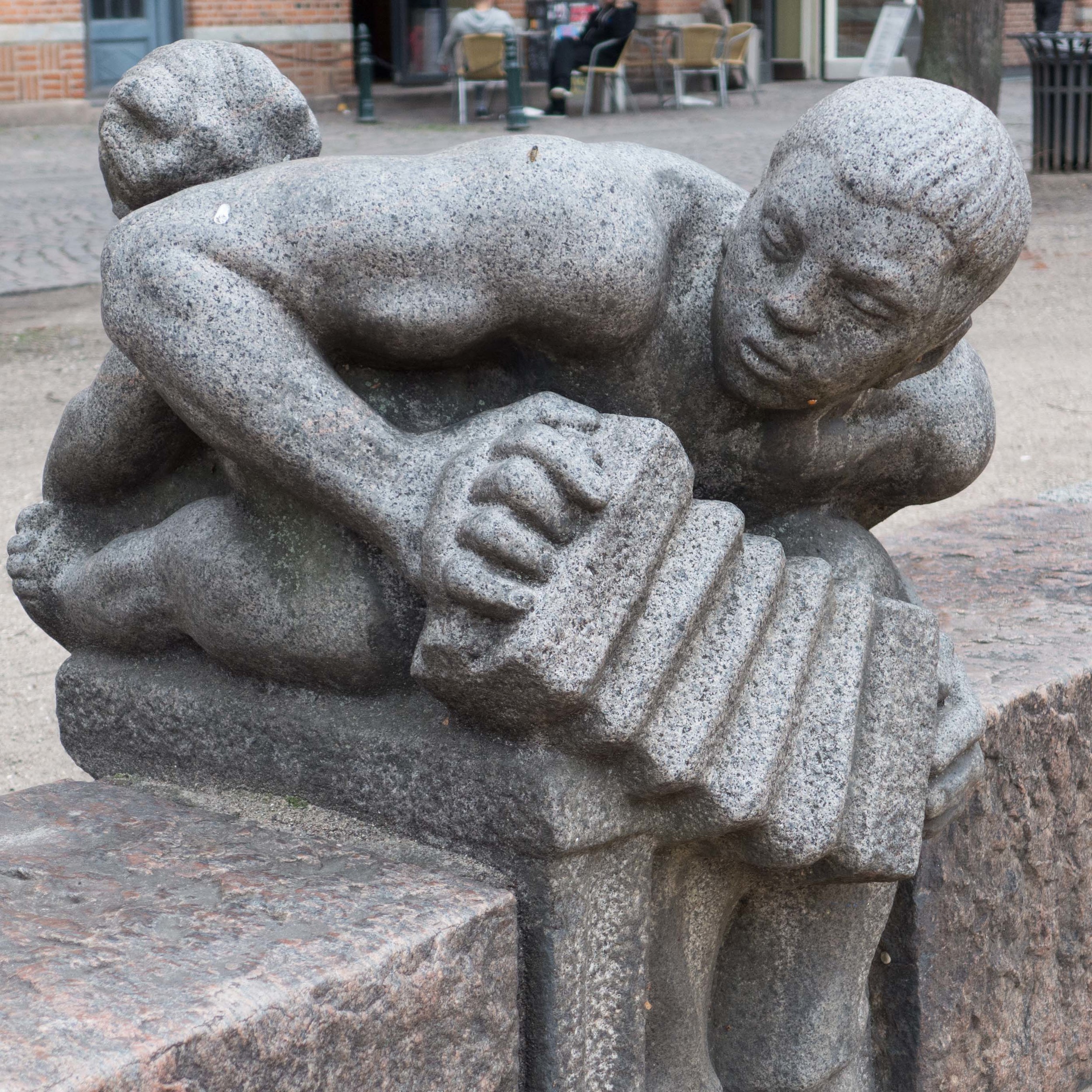Christian IV
/A new statue of the Danish king Christian IV has been unveiled by Queen Margrethe.
It stands at the corner of the forecourt and the ramp up to the main entrance of Børsen - the Royal Exchange - a building that was commissioned by Christian IV.
The statue of the king is in bronze and by the Faroese sculptor Hans Pauli Olsen. It is close in the pose and for the costume to a portrait of the king painted by Abraham Wuchters in 1638 or 1639 where Christian is wearing high riding boots that are loosely fitted with the tops folded down, has his left hand resting on his hip with the right hand outstretched and has a neat beard, heavy head of hair and the famous long, thin, plaited pigtail.
The statue is set on a high stone plinth from where Christian looks across the front of the palace of Christiansborg.
That plinth represents major buildings commissioned in the city by Christian IV with The Round Tower and the distinctive twisted spire of the Exchange and the spire of the tower of Christian's palace of Rosenborg but curiously the stone tower flanked by the spires in bronze are all upside-down … said by the sculptor to be the city that Christian built reflected in water.
The tower is set on a shallow mound in the cobbles that is slightly rustic and also slightly odd as if the whole thing is erupting from the ground.
The cost of the statue has been controversial as has the rather traditional style of the work. A new statue to Christian was first suggested in 2009 but in 2014 the design was rejected by Rådet for Visuel Kunst i Københavns Kommune - the Council of Visual Arts in the City of Copenhagen - on the grounds that "the sculpture does not reflect a contemporary art expression, and therefore lacks sufficient justification and relevance in the present."
The city finally gave consent for the statue by Olsen in January 2018.
background:
Christian was born in 1577 and he was only 11 when his father died. Initially the country was governed by a regency council but Christian was deemed to have come of age when he was 19 and ruled Denmark from 1596 until his death in 1648.
Through his major building works Christian, more than any monarch, influenced both the plan and the appearance of the city. He remodelled the castle and made Copenhagen the centre of his administration and he commissioned major buildings that are still prominent features of the city including the Brewhouse and Arsenal to the south of the castle; Holmens Kirke - the church of the Royal Navy on the other side of the canal from Børsen - consecrated in 1619; Rosenborg - a private royal residence away from the castle - that was set in formal renaissance gardens on the edge of the city and completed around 1624; Børsen - The Royal Exchange - begun in 1624 and completed in 1640 and The Round Tower and its observatory and Trinitatis Church begun in 1637.
In 1626, Christian initiated work on the north defences of the city that was to become the Kastellet - completed after his death - and he began major engineering works to claim land from the sea - just off the shore and wharves of the old city - and where first Christianshavn was laid out, a planned new town, with defences around the south side and a new south gate to the city and then those defences were extended out to the north to enclose a vast area of sheltered and protected moorings for the naval fleet … an area of water that was subsequently filled with a number of large islands and canals that became the naval warehouses and dockyards of Holmen.
